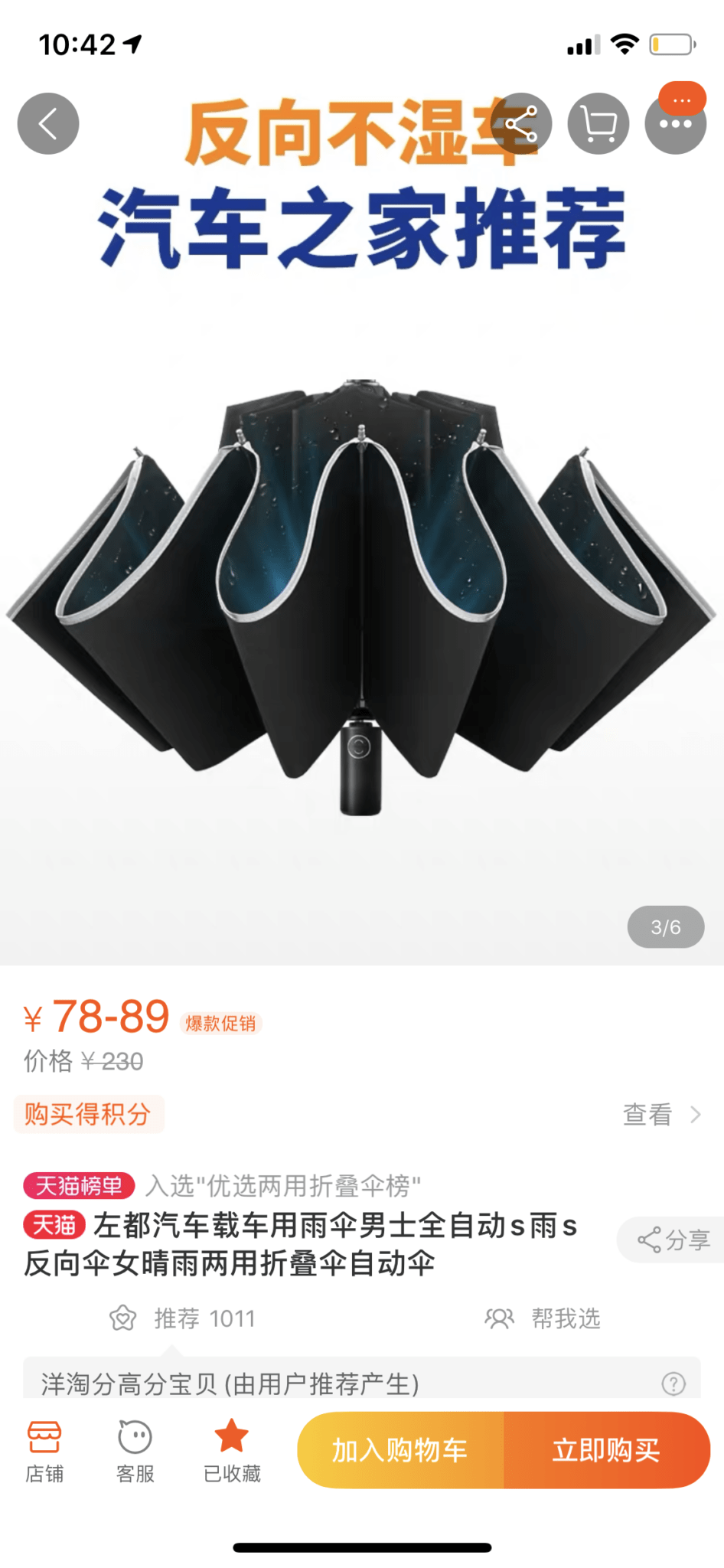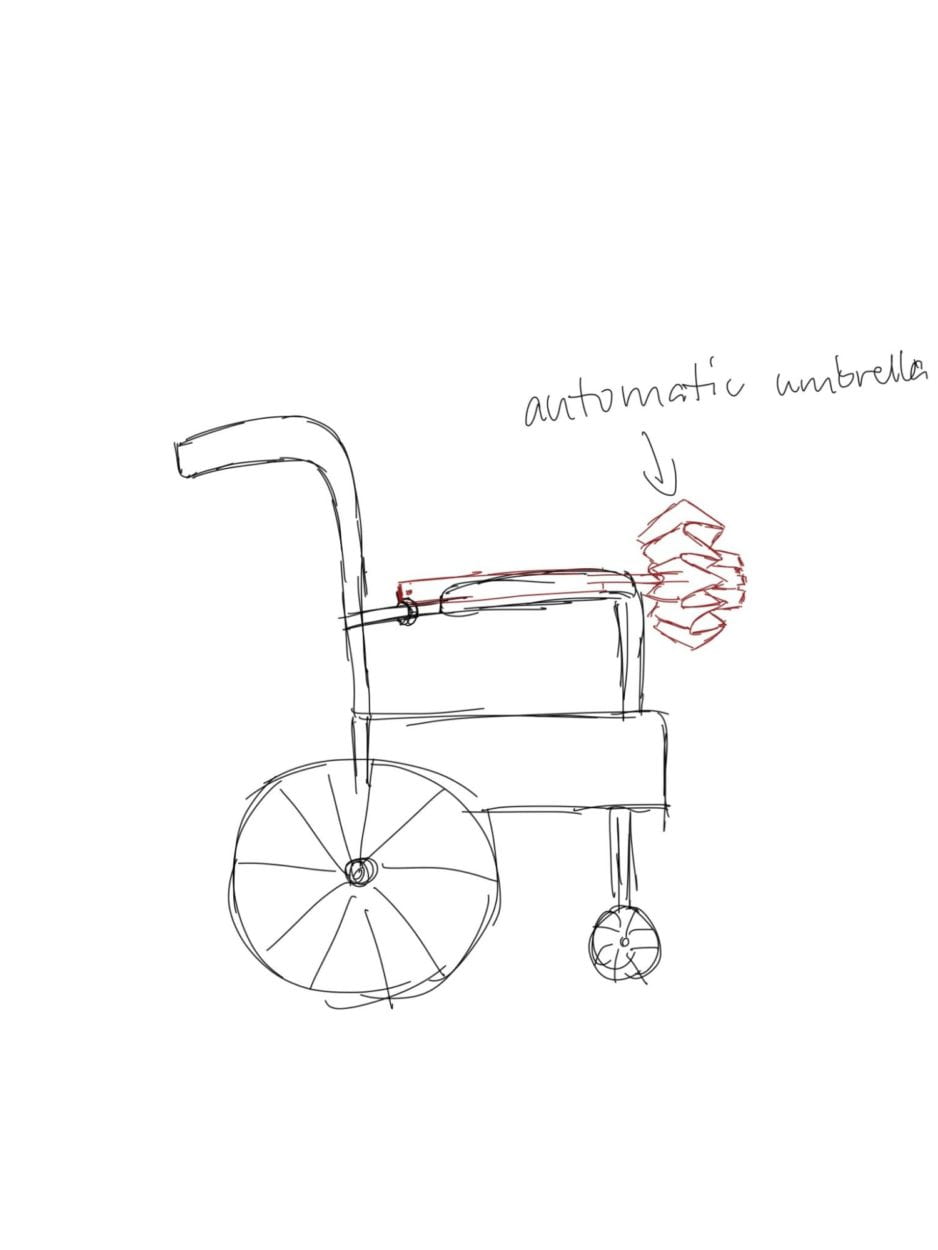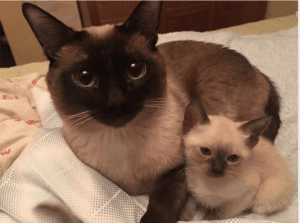Reflection of the field trip
This field trip made me feel that these kids are not different from normal people, and even more cute. Their school just looks the same as my primary school, which is not far away from the special school that we visited and gave me a familiar feeling. Through all the facilities, installations, classrooms, and many other details, I can feel the society and teachers’ concern for them. For example, the subway model donated by the Shanghai subway company, the Haibei Supermarket in which the kids can buy toys with Haibei coins that they earned by themselves, etc. These all help those special kids to grow up better. When observing the physical therapy class of a cerebral palsy kid, I felt that the teacher was extremely patient and I can feel her love for the kid. Although they are always repeating several simple movement therapies, they didn’t express any boredom or impatience. The kid’s enthusiasm for playing football made me felt he is so cute since although he failed a lot of times when kicking by his left foot, he never gave up and tried again and again. The music class with the seventh-grade students also made me feel that there are almost no differences between them and normal kids, and they are even more positive and innocent. They talked about the Peking Opera in class, which is not an easy content and surprised me a lot. Just like other seventh-grade students, they also raise their hands actively in class to answer the teacher’s question. I can feel that they pay attention to the teacher and their enthusiasm for the class. I also saw that the students had very different personalities in one class and the teacher always tried to help those who are introverted to speak more and is very fair to every student. Through this field trip, I became more respectful to the teachers working at the special school who are extremely patient to these kids. I also felt these kids are so lovely that I have more motivation to try my best to design some assistive technology to help their life.
Project Idea
- Describe your partner as a person (not PwD)
My partner Lamb is a seventeen-year-old girl. She lives in the Putuo district in Shanghai, where is far away from our school. She just graduated from the special school in Putuo last year. She has a disability of controlling her body well because of hypoxia at birth, but her intelligence is no different from others. She participated in the Hackability in NYUSH before and is enthusiastic about this kind of activity. She told me that she posted a video of the Hackability on his Weibo. She is an optimistic and outgoing girl. Although she can’t control her hands well, she still tried to write her name down on the paper in last Tuesday’s workshop. Although she can’t speak fluently, she is very willing to talk to other people. When we asked some questions about what difficulties or problems they met in daily life, she interrupted her mother and told us that there is a gap between the subway and the ground so that it’s hard for the wheelchair to get on the subway.
2. What are their desires/challenges/difficulties?
Their main difficulty is transportation. Lamb’s mother told us that their home is far away from the subway station so that she has to push the wheelchair to walk for more than ten minutes to get to the station. Although there are passages for the disables in the station, they still get trouble in getting on the subway because of the gap between the subway and the platform and the wheel of the wheelchair will sometimes be stuck in the gap. Her mother told us that in this regard, the subway stations in Hangzhou even did a better job then Shanghai. When the staff at the station see people in a wheelchair, they will provide a board and put it above the gap to enable the wheelchair to pass easily. Another problem is that the buses are almost inaccessible to them because of two reasons. Firstly, it’s hard for the wheelchair-user to get on to the bus because of the stairs. Secondly, in most buses, there is no space for a wheelchair, not to mention facilities that help to fix the wheelchair. They said that if they could take buses, life would be much easier because there are bus stations just near their home. The third problem is that Lamb wants to go out by herself alone with her electronic wheelchair, but she can’t if it’s the rainy day because only her right hand has force so that if she holds an umbrella, she can’t control the electronic wheelchair.
3. What is your project?
We plan to help them to solve the issue of holding an umbrella since there are lots of rainy days in Shanghai. The umbrella can also be used to shade the sun. Since it’s difficult for Lamb to open the umbrella by herself, we plan to use an automatic opening and closing umbrella so that she can use the umbrella by simply press the button. When not in usage, the umbrella will be clinging to the handle of the wheelchair. When Lamb needs to use it, she just needs to pull it up and press the button. We will use an umbrella like this  in case she will get wet when closing the umbrella. Our challenge would be how to fix the umbrella in that position after she pulled it up tightly and to make sure its safety.
in case she will get wet when closing the umbrella. Our challenge would be how to fix the umbrella in that position after she pulled it up tightly and to make sure its safety. 







